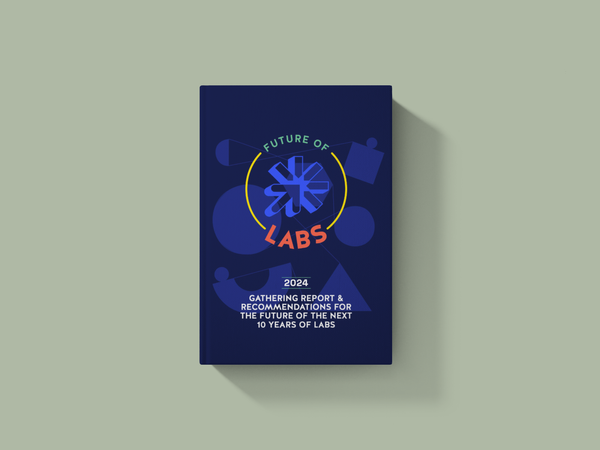Capabilities for living labs and impact ecosystems - Part 1
What are the core capabilities needed for living labs and impact ecosystems? Field notes on a capability model.

This post represents a first run at drawing together a range of sources which outline roles and capabilities to effectively run social or living labs, and/or support and 'orchestrate' innovation & impact ecosystems.
But why explore a capability model for Living Labs and Innovation Ecosystems?
TLDR;
- Shared language & understanding
- Identify gaps
- Inform strategy and decision making
- Evaluate different approaches
A capability model can provide a shared language and understanding of what is required for successful living labs and innovation ecosystems, making them more transparent. By sharing best practices and benchmarking progress over time, a capability model can help to improve performance across teams working on living labs and innovation ecosystems.
A capability model can help to identify gaps and areas for improvement in teams working on living labs and innovation ecosystems. By identifying the capabilities required for success, teams can work towards improving their own ability to deliver on these requirements through collaborative learning and feedback.
A capability model can help to inform strategy and decision-making around resource allocation and priorities. By providing an overview of the capabilities needed to succeed with living labs and innovation ecosystems, practitioners are better equipped to make informed decisions about where resources should be focused.
A capability model can be used to evaluate different approaches to living labs and innovation ecosystems, and for sharing best practice between team members working on similar initiatives. By mapping out the capabilities that are necessary for success in each type of environment, Living Labs & Innovation Ecosystems Teams can build upon what works well while avoiding common pitfalls
Limitations of a capability model
Capabilities don't make culture, or enable the kind of magic represented in a high-trust team in full collaborative flow.
I'm not suggesting that a capability model is everything - it very much isn't, but it can help as one layer of the stack when thinking about how to draw together the talent needed for a successful team.
A capability model doesn't negate the need for doing specific design for each lab. The aim is to develop a starting point, and then assess the needs of the specific lab or ecosystem at the begining and over time.
Capability Model (v0.1)
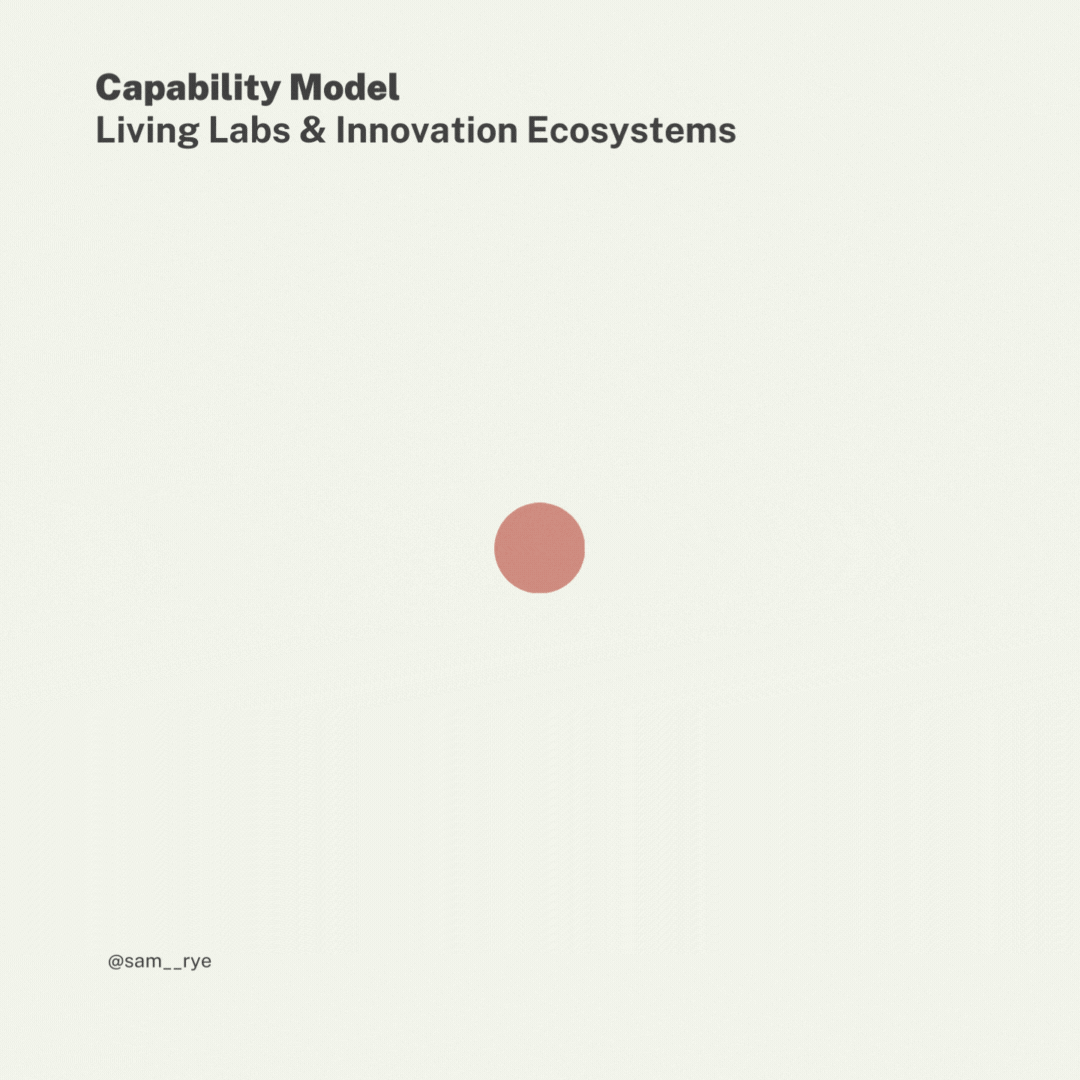
So here's the initial capability framework, which features:
- Experience & Process Design
- Process Facilitation
- Learning & Knowledge Management
- Partnerships & Stakeholder Management
- Communications & Marketing
- Experimentation & Portfolio Management
- Evaluation and Reporting
- Leadership & Management
Each of these are categories which I'm breaking down into sub-category specifics.
Resources
The capability model I've been working on is drawn from a range of personal experience, qualitative research with practitioners at Monash University, and a range of journals, handbooks, websites and blog posts.
UNDP - Capability Model for Portfolio Work
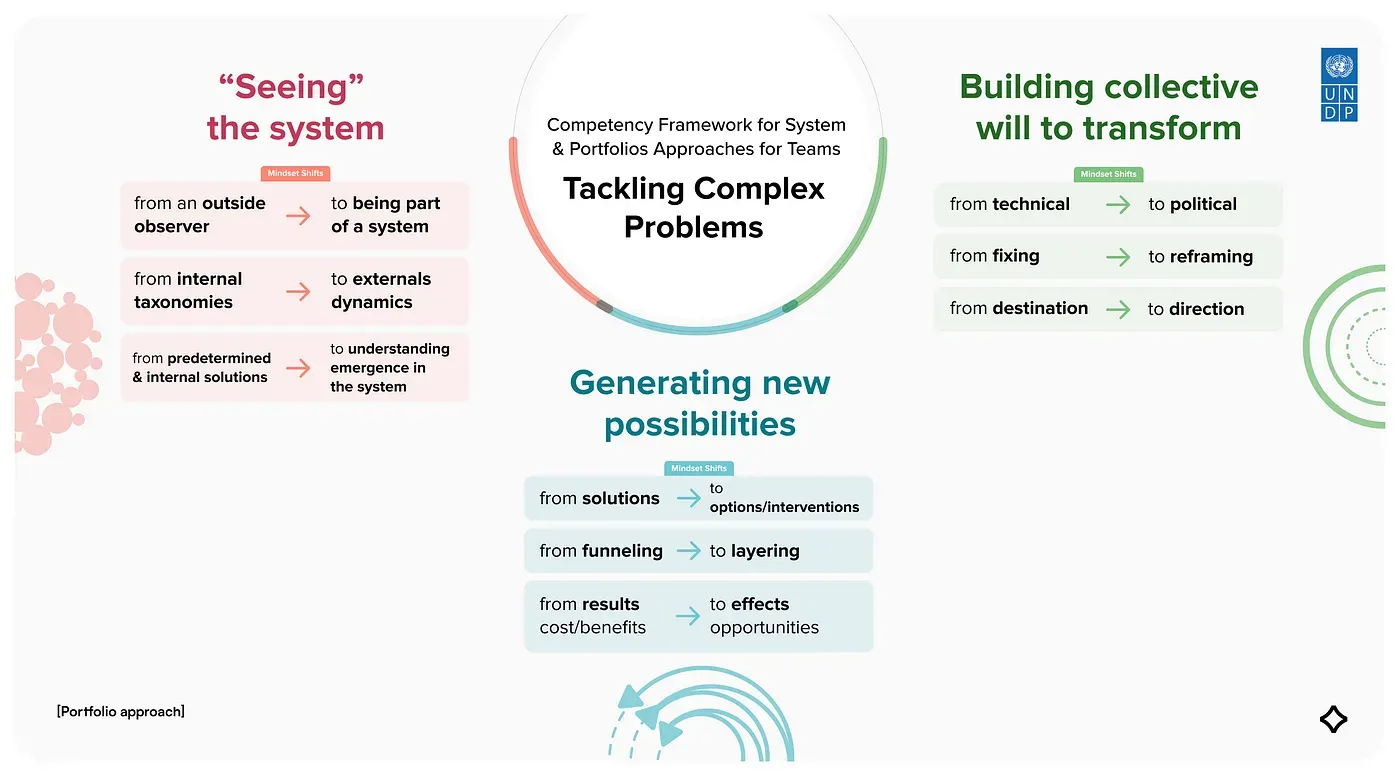
This excellent offering from UNDP's team (Milica Begovic, Jennifer Colville, Giulio Quaggiotto, Soren Vester Haldrup, Deborah Naatujuna, Alex Oprunenco, Lejla Sadiku, Ida Uusikyla, Simone Uriartt, Kawtar Zerouali and Bas Leurs) focuses on some of the shifts from "Project focus" to "Portfolio focus" which is core to Lab and Ecosystem models.
[PDF in case the Medium post disappears]
Systems Sanctuary - Feminist Systems Practice & Ecosystem Building
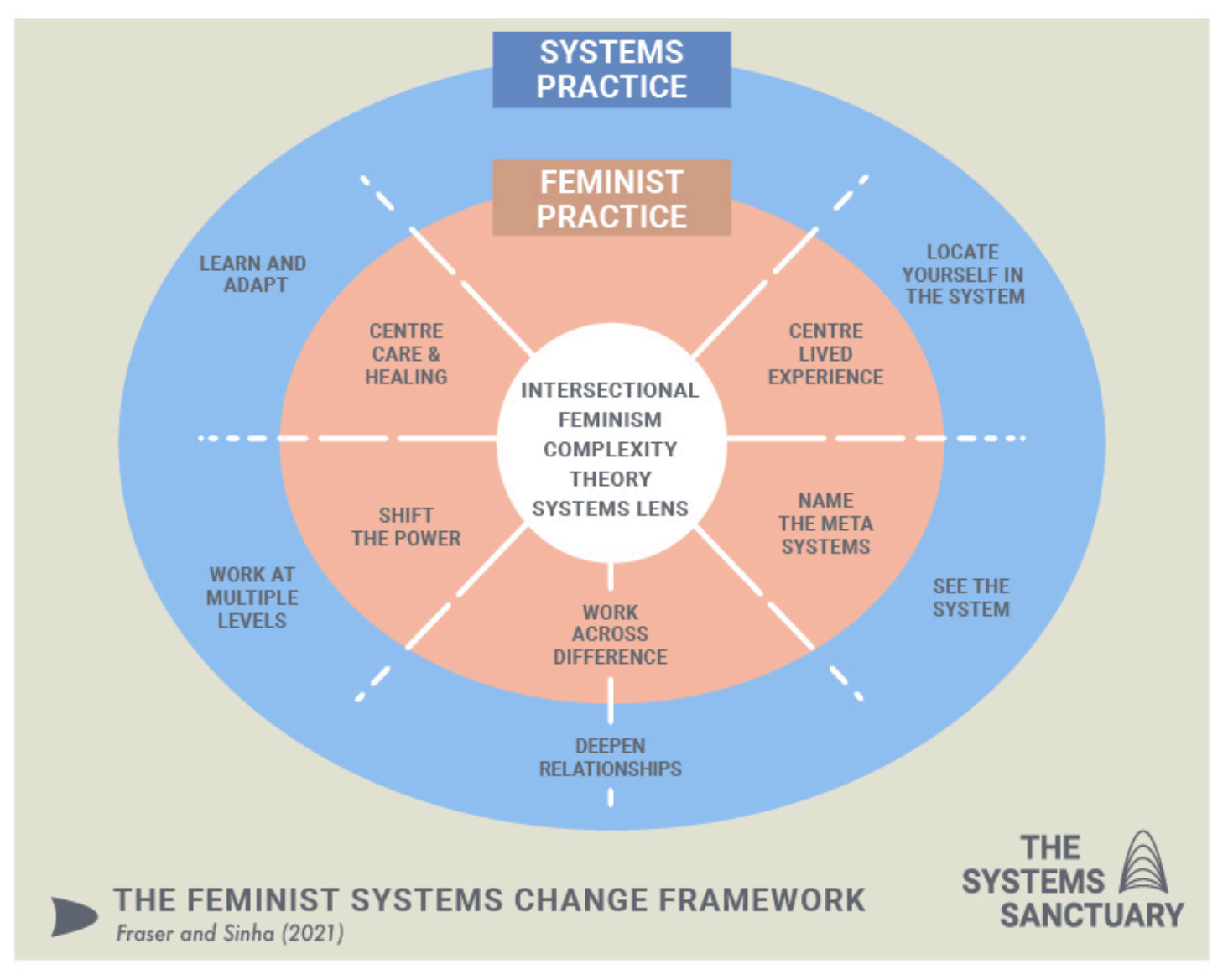
I often reference Systems Sanctuary when I think about systems practice (which living labs and innovation ecosystems often draw on), and these two publications from Tatiana Fraser and Rachel Sinha are excellent for their hard won insights.

PDFs:
AMS Living Lab Handbook
The Amsterdan Institute for Advanced Metropolitan Solutions (AMS) has a useful blow-by-blow take on their approach to setting up and running living labs, which whilst it doesn't explicitly share a capability model, shares a process-view which can be interpreted for this purpose.
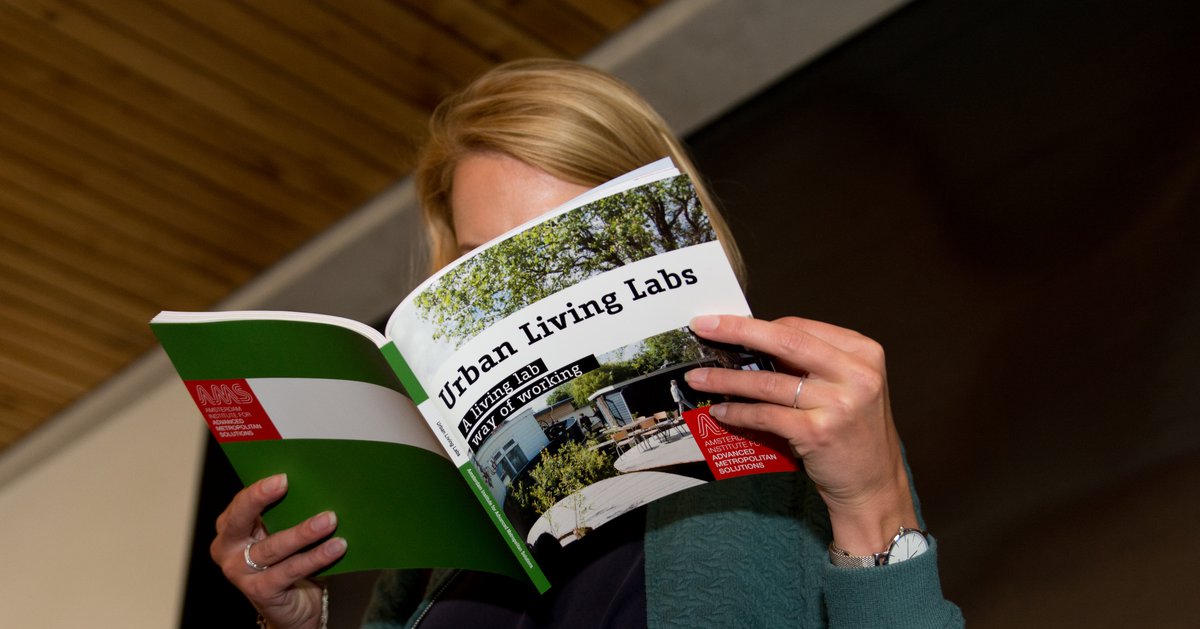
PDF:
Inner Development Goals
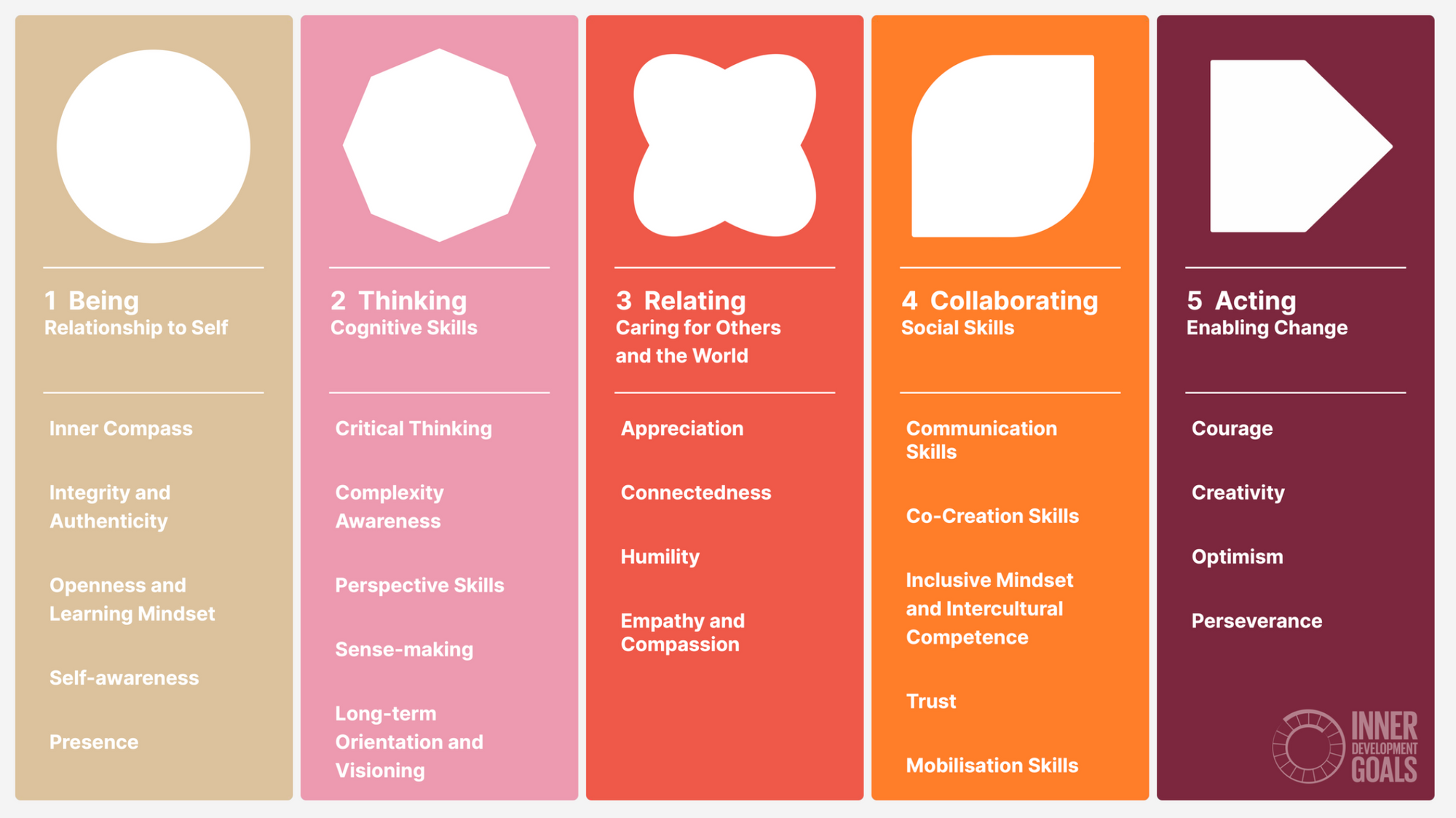
I also really appreciate the inward turn of the Inner Development Goals which aims to provide an additional layer to the outward focused Sustainable Development Goals. As we know - change work is both inside-out, as well as outside-in, and the IDGs does a great job of describing some of the capabilities we need to cultivate for working on labs and ecosystems.

PDF:
What's Next?
I've shared this early draft to help lay out groundwork for future efforts aimed at building a well rounded capability model. I would love any feedback, constructive criticism or engagement opportunities to shape this further.
Note: all images and files are copyright of, and owned by the authors.







